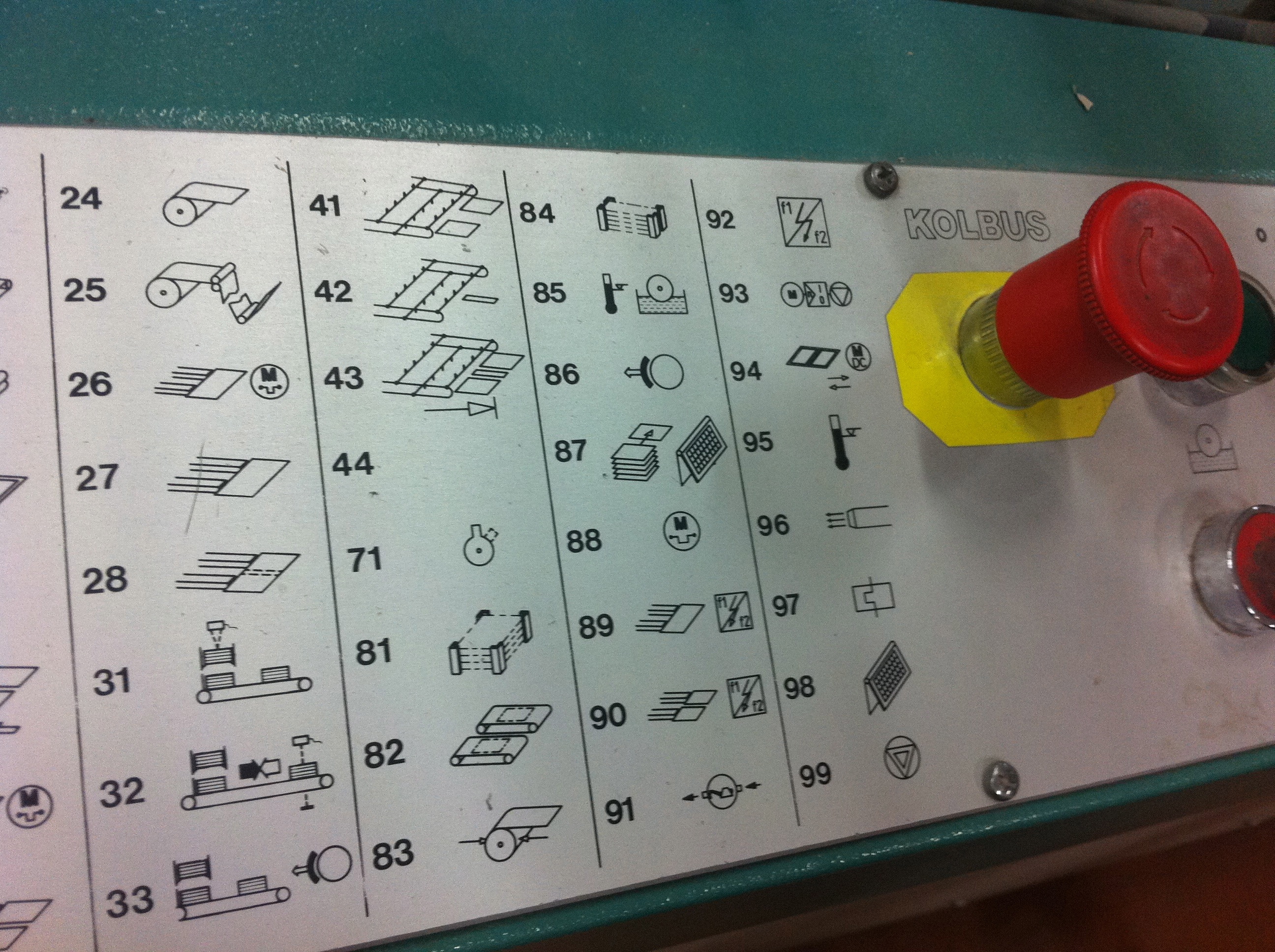
A learning organization is an organization that has an enhanced capacity to learn and change. Watkins and Marsick dimensions of a learning organization Source: Watkins, K.E., Milton, J., Kurz, D., 2009. Diagnosing the learning culture in public health agencies. International Journal of Continuing Education & Lifelong Learning 2.







